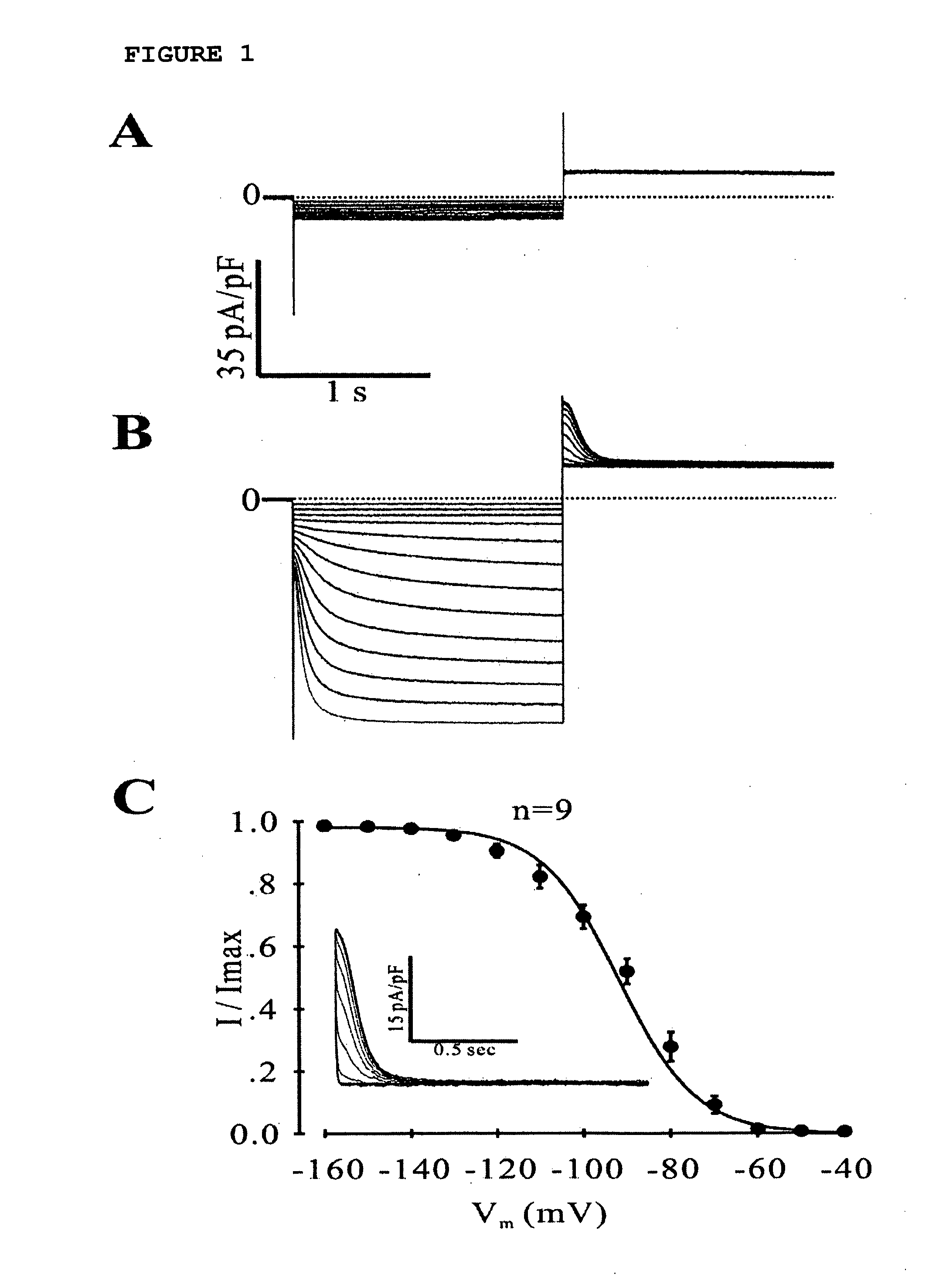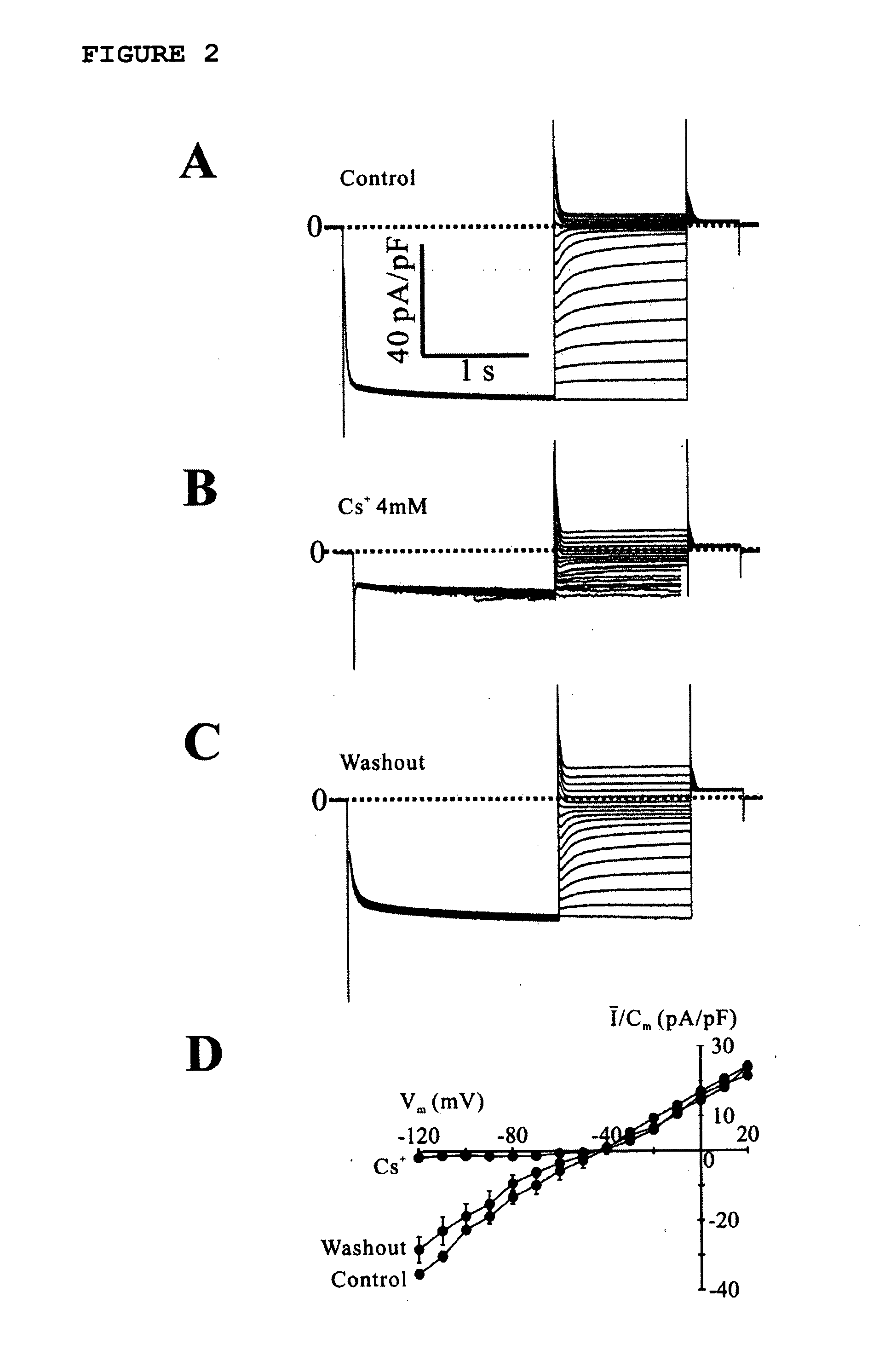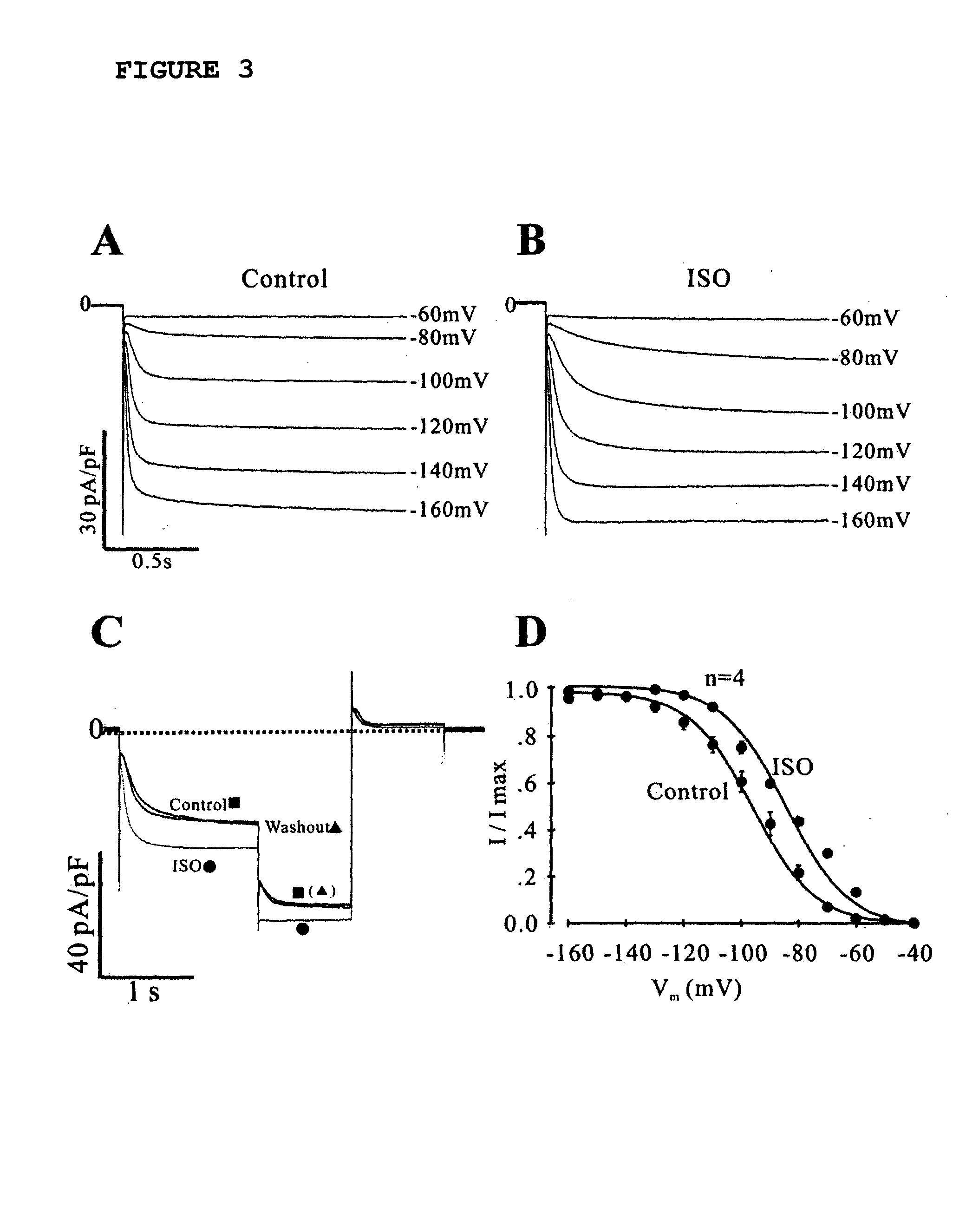Assay System For Monitoring The Effects Of Genetically Engineered Cells To Alter Function Of A Synctium
a genetic engineered cell and synctium technology, applied in the field of genetic engineered cell function alteration monitoring system, can solve the problems of limited battery life, lack of response to autonomic neurohumor, and inability to optimize the effect of a synctium
- Summary
- Abstract
- Description
- Claims
- Application Information
AI Technical Summary
Problems solved by technology
Method used
Image
Examples
Embodiment Construction
[0027]Definitions
[0028]As used in this application, except as otherwise expressly provided herein, each of the following terms shall have the meaning set forth below.
[0029]As used herein, “administering” can be effected or performed using any of the various methods and delivery systems known to those skilled in the art. The administering can be performed, for example, intravenously, orally, nasally, via implant, transmucosally, transdermally, intramuscularly, and subcutaneously. The following delivery systems, which employ a number of routinely used pharmaceutically acceptable carriers, are only representative of the many embodiments envisioned for administering compositions according to the instant methods.
[0030]As used herein, “agent” shall include, without limitation, an organic compound, a nucleic acid, a polypeptide, a lipid, and a carbohydrate. Agents include, for example, agents which are known with respect to structure and / or function, and those which are not known with resp...
PUM
| Property | Measurement | Unit |
|---|---|---|
| Diameter | aaaaa | aaaaa |
| Diameter | aaaaa | aaaaa |
| Molar density | aaaaa | aaaaa |
Abstract
Description
Claims
Application Information
 Login to View More
Login to View More - R&D
- Intellectual Property
- Life Sciences
- Materials
- Tech Scout
- Unparalleled Data Quality
- Higher Quality Content
- 60% Fewer Hallucinations
Browse by: Latest US Patents, China's latest patents, Technical Efficacy Thesaurus, Application Domain, Technology Topic, Popular Technical Reports.
© 2025 PatSnap. All rights reserved.Legal|Privacy policy|Modern Slavery Act Transparency Statement|Sitemap|About US| Contact US: help@patsnap.com



